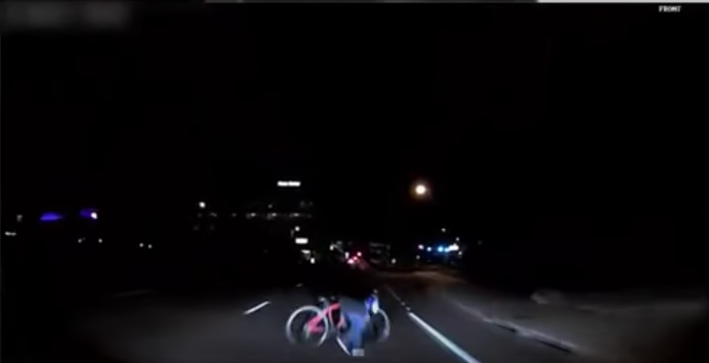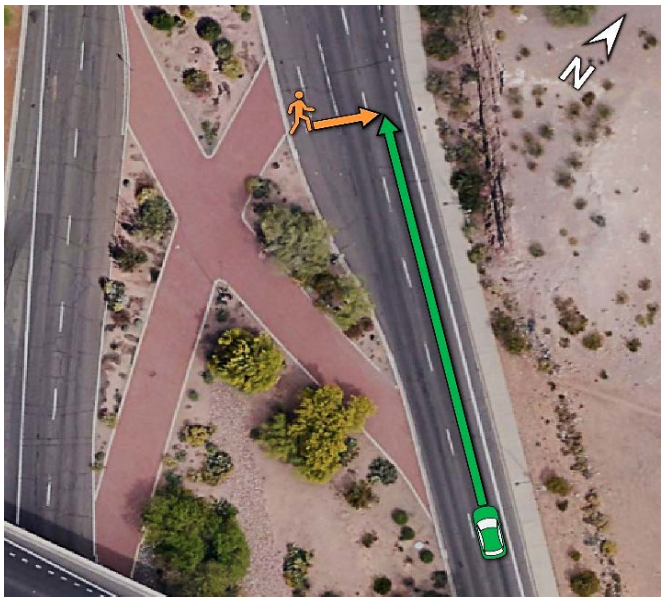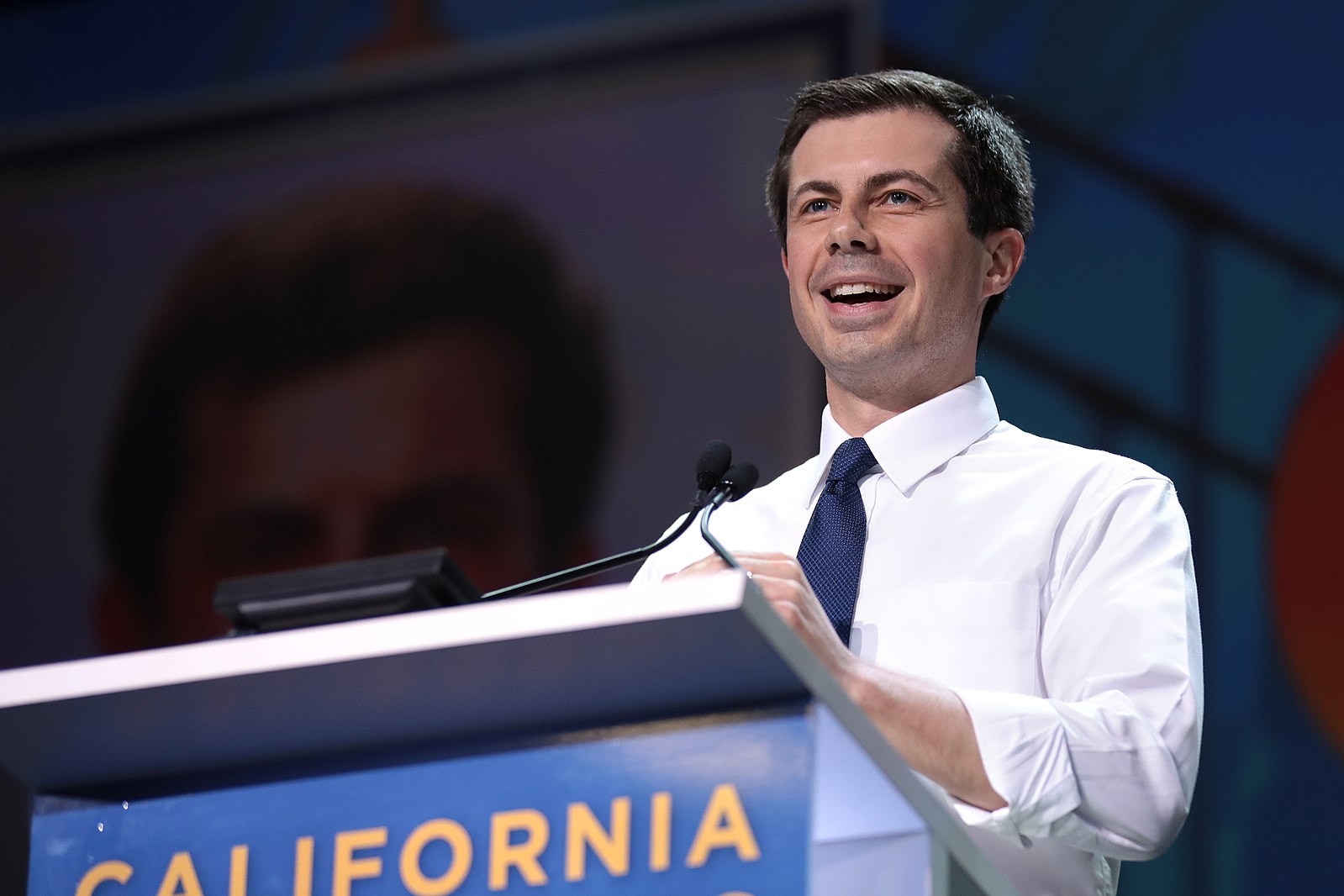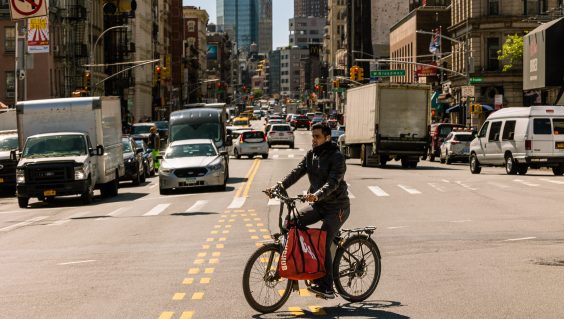Human Driver of ‘Driverless’ Car Charged in 2018 Ped Death
6:18 PM EDT on September 16, 2020

Elaine Herzberg, who was killed by driver Rafaela Vasquez in 2018. Vasquez was the human backstop driver behind the wheel of a semi-autonomous Uber at the time of the crash. Via Facebook, cached.
An Arizona prosecutor has brought charges of negligent homicide against the first human driver to fail to prevent an imperfect "self-driving" vehicle from killing a pedestrian — a move that is receiving poor reviews from street safety advocates because of its limited scope.
Experts fear that by only holding the person behind the wheel accountable — rather than the employer who paid her to drive the car, the automaker who designed the dangerous vehicle, and the road designer who built the dangerous street where the crash occurred — justice won't really be done.
E-taxi driver Rafaela Vasquez, 44, was behind the wheel of a Volvo XC90 SUV equipped with "self-driving" technology that ride hail giant Uber was testing on the streets of Tempe, Ariz., on March 18, 2018, when she struck and killed pedestrian Elaine Herzberg, 49. It was the first recorded pedestrian fatality under the wheels of a so-called "autonomous " car in human history.

At the time of the impact, Herzberg was attempting to cross a darkened stretch of road while pushing a bicycle rather than riding it. The vehicle's radar systems registered the walker's body a full six seconds before impact, but because the computer was not programmed to register the common urban phenomenon of a human being walking astride a bicycle rather riding than atop one, it registered her first as an unknown object, then as a car, then as a bicycle "with varying expectations of future travel path," according to a report from the National Transportation Safety Review Board.
It was later revealed that Uber's technology didn't have "the capability to classify an object as a pedestrian unless that object was near a crosswalk," either — functionally condemning "jaywalkers," who endanger no one but themselves, to a swift and violent death for their crime.
Perhaps even more disturbing than Uber's tech failures, though, is the fact that the company had actually disabled the automatic emergency braking functions of the vehicle “to reduce the potential for erratic vehicle behavior" the company later said — presumably to keep the Volvo from causing a rear-end crash with another driver in the event of a sudden stop — and relied instead on Vasquez to take notice of the walker and stop the car. However, the system was not set up to actually alert the driver of a possible human being in the road, because Uber had deactivated the forward collision warning technology, too.
Records from streaming service Hulu later showed that Vasquez was watching reality competition show The Voice on her cellphone for 12.5 seconds prior to the crash, and did not hit the brakes until after she had struck Herzberg. The car was traveling a legal 40 miles per hour along the eight-lane road, a speed which is known to be highly fatal to walkers — especially if that car is an SUV like the Volvo XC90.
This is truly disgusting.
— Paris Marx (@parismarx) September 16, 2020
The low-wage employee is being blamed for a problem that originated far above her. Uber cut corners on safety and put a system with many problems on public roads.
The true blame lies with the management and developers. https://t.co/JefCGTwT9H
Uber wasn't behind the wheel — but should it be off the hook?
Despite the violent transportation culture surrounding Herzberg's death, discussion of the crash has almost exclusively focused on the ethics of "self-driving" technology and who should be held liable for car crashes when both a computer system and a human backup driver are "driving" the car. In 2019, Arizona prosecutors declared that there was "no basis" for prosecuting the company for criminal liability, but some experts say the e-taxi company should not be off the hook for Herzberg's death — at least ethically.
"The fact that this driver has been charged with a crime does not vindicate Uber in any way," said Bryant Walker Smith, a lawyer, engineer, and internationally recognized expert in autonomous vehicles. "For me, this crash comes down to a vicious cycle: The driver falsely assumed that Uber's software would be vigilant, and the designers of that software falsely assumed that the driver would be vigilant. ... I would argue that the companies that develop and deploy these vehicles are driving them — conceptually and morally, even if not legally."
Uber did face some consequences for its role in the crash. The company settled with the victim's husband and daughter for an undisclosed sum shortly after Herzberg's death, and were banned from Arizona roadways, though it resumed testing eight months later in Pennsylvania along routes where its vehicles could travel no more than 25 miles per hour. The company also issued a comprehensive safety report about the crash, though some engineers expressed a chilling concern to the New York Times that Uber was taking unspecified "shortcuts" on actually implementing the recommendations in the report in order to get its vehicles back on the road quickly. (Uber did not respond to a request for comment.)
To some advocates, the charges against Vasquez send another chilling message, too: that Uber can consider its debt to the Herzberg family, and to society, paid in full. And if Vasquez is convicted, they fear it will set a precedent to all autonomous vehicle operators that they can count on avoiding liability as long as a human being who it pays a nominal wage is technically behind the wheel.
I've said this before. The human "supervising driver" in a self-driving Uber is just a meat-based liability magnet. https://t.co/isHSMEuWz9
— Ranibow Sprimkle (@thedataferret) September 16, 2020
How Volvo, Tempe and our bloody transportation culture helped kill Herzberg
The many other players who played a role in Herzberg's death are unlikely to face accountability — because the designers of dangerous roads and dangerous automobiles rarely do.
The family of Elaine Herzberg certainly recognize poor transportation planning as a contributing factor in the death of their loved one. Herzberg's husband and daughter sued the city of Tempe in 2019 for $10 million, noting the presence of an X-shaped brick pedestrian path on the wide median between the two sides of the road — a design feature that Herzberg naturally may have assumed was an invitation for people like her to walk there. However, there were no crosswalks or traffic signals on the road adjacent to the pedestrian path that would have protected the wife and mother as she exited the median and crossed four lanes of traffic. (The lawsuit appears to be pending; Herzberg's loved ones could not be reached for comment.)
"Better road design with increased pedestrian crossings and more light certainly could’ve helped prevent this and countless other pedestrian crashes in recent years," said Joe Young of the Insurance Institute for Highway Safety.

The automaker Volvo is another party that is all but certain to avoid responsibility for its role in the crash because carmakers continue to be allowed to legally manufacture sport utility vehicles that are much more likely to kill walkers in a collision. As Streetsblog has extensively documented, the rising proportion of SUVs and other vehicles classed as light trucks have played an outsized role in our accelerating pedestrian death crisis — and yet the National Highway Safety Administration stubbornly refuses to assess the safety of new car models for those traveling outside vehicles, breaking with best safety practices from around the world.
THIS is what’s wrong with AVs. If the car is it autonomous how come the driver is responsible ? Why not the car manufacturer ? Pay attention people, this is a VERY bad precedent. It is time car companies pay for the millions of death they cause... https://t.co/K8OGm81xZT
— CHEKPEDS (@Chekpeds) September 16, 2020
Perhaps the most unusual thing about the death of Elaine Herzberg is that the driver who killed her has been charged with a crime. That's so rare that there's virtually no national data on how many drivers who strike pedestrians face legal consequences; one investigation found, for example, that less than 1 percent of Minneapolis drivers who struck walkers between 2010 and 2014 were tried.
To his credit, Maricopa County attorney Allister Adel condemned the role distracted driving played in Herzberg's death, noting in a statement to Automotive News that "when a driver gets behind the wheel of a car, they have a responsibility to control and operate that vehicle safely and in a law-abiding manner.”
But others fear that reducing the crash only to a matter of distracted driving may flatten a discussion about our dangerous transportation culture that is past due for real change.
"We've seen again and again how it's easier to bring criminal law to bear against an individual 'bad actor' than against entire systems and structures — including systems of corporate decision making," said Smith. "Uber's testing program made this kind of distraction foreseeable."
Read More:
Stay in touch
Sign up for our free newsletter
More from Streetsblog USA
Four Things to Know About the Historic Automatic Emergency Braking Rule
The new automatic emergency braking rule is an important step forward for road safety — but don't expect it to save many lives on its own.
Who’s to Blame for Tuesday’s Headlines?
Are the people in this photo inherently "vulnerable", or is this car just dangerous?
Why Riders With Disabilities Have To Sue For Accessible Transit Stops
A Bay Area transit agency is only the latest to be sued over inaccessible stations. What will it take to get every American stop ADA compliant?
Monday’s Headlines Reconnect With Pete
More than $3 billion is flowing out of the White House to help correct infrastructure mistakes in Black communities.
‘Buy, Bully, Bamboozle’: Report Shows App Companies Threaten Democracy
App delivery companies seek to block worker-led improvements by spending big money on political influence, leveraging their data, and even co-opting progressive language, argues a new report that lands days before a national one-day strike by app-workers.




